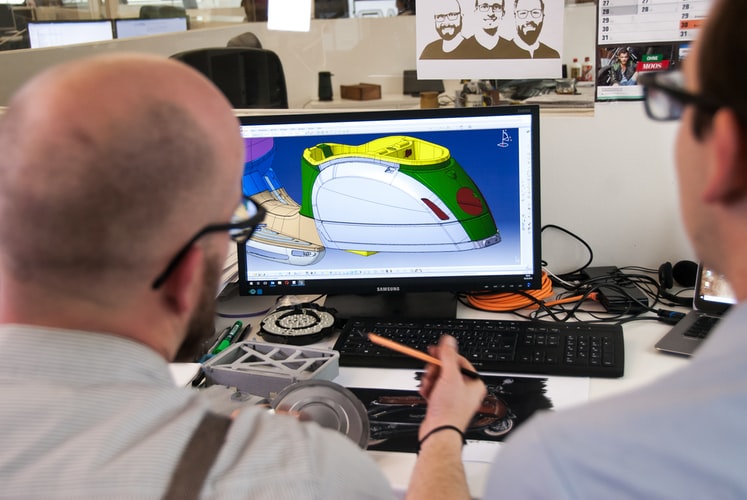Apple Facial Recognition Picture comes with features that boost your image search. Check out this post to find out more.
Apple Facial Recognition Picture Fully Explained
Face ID is a facial recognition system developed by Apple that debuted on the iPhone X in 2017. The technology replaces Apple’s Touch ID fingerprint scanning system on the company’s most recent iPhones, including the iPhone 12 small, 12, 12 Pro, and 12 Pro Max, and it will almost certainly be featured on future iPhones as well.
Face ID creates a precise 3D map of your face using a “TrueDepth camera system,” which comprises sensors, cameras. And a dot projector at the top of the iPhone display in the notch. When you glance at your phone, the system performs a secure authentication check, allowing you to unlock your smartphone or authorize a payment swiftly and intuitively if it recognizes you.
How does Face ID function?
Face ID relies on a variety of hardware components. It includes the TrueDepth camera system, neural networks, and Bionic chips, all of which do discussed more below. Also, Face ID also adjusts to changes in your look, such as the use of cosmetic make-up or the growth of facial hair.
Face ID will validate your identity by using your passcode before updating your face data if there is a more substantial alteration in your look. It includes cutting off a beard.
It intends to use with hats, scarves, contact lenses, and most sunglasses, but not with a face mask. A software update in iOS 14.5 will enable Face ID to operate while wearing a face mask, but only if you are carrying an unlocked Apple Watch.
TrueDepth imaging camera system
Even in the dark, the TrueDepth camera technology detects your face with a flood illuminator every time you look at your iPhone X (or newer).
The picture does then capture by an infrared camera. And over 30,000 invisible infrared dots are projected using a dot projector.
This technology utilizes an infrared picture and infrared dots to construct a mathematical representation of your face by running them through neural networks.
Neural networks are a type of computer network.
Your iPhone X (or newer) will compare scans (or mathematical models) of your face to the one you’ve configured and saved on your smartphone to see if they match. And if they do, it will unlock your phone or authorize an Apple Pay payment.
All of this occurs in real-time and invisibly. Apple stated that it collaborated with thousands of individuals across the world to capture over a billion pictures. Also, it starts from which it created several neural networks to form its Face ID technology.
Neural engine bionic
Apple had to create the A11 Bionic neural engine. It is to process all of the data required for Face ID using machine learning. This chip updated to the A12 Bionic neural engine in the iPhone XS, XS Max, and XR smartphones. Also, it provides more enhancements to the Face ID technology, followed by the A13 in the iPhone 11 models and the A14 in the iPhone 12 models.
In a word, the chips do specialized hardware designed to support a certain set of machine learning algorithms. They are capable of handling hundreds of billions of operations per second. Thus, it utilizes for technologies such as real-time Face ID detection.


